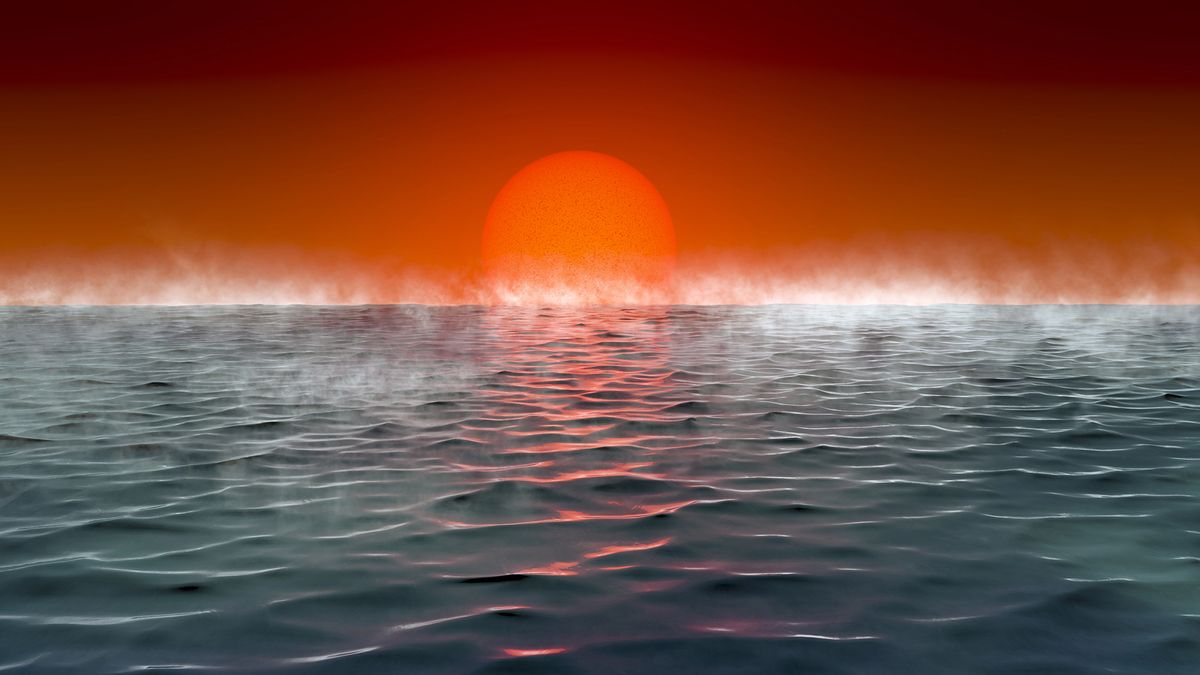Livescience
2d
323

Image Credit: Livescience
James Webb telescope could find signs of life on alien 'hycean' ocean worlds
- Hycean worlds, potential exoplanets with deep oceans surrounded by hydrogen, may offer the best chance for the James Webb Space Telescope (JWST) to detect biosignatures, particularly methyl halides produced by bacteria and ocean algae on Earth.
- Named after their hydrogen-ocean composition, hycean planets remain theoretical, with the planet K2-18b being a prime candidate. JWST detected carbon dioxide and methane in K2-18b's atmosphere as predicted by the hycean planet concept.
- Research suggests methyl halides, generated by ocean microbes, could be more easily detectable as a biosignature on hycean worlds compared to oxygen on Earth-like planets, offering a unique opportunity for detection with existing technology.
- The strong absorption features of methyl halides in infrared light make them observable by JWST, potentially requiring less telescope time and cost compared to gases like oxygen or methane.
- However, the existence and habitability of hycean worlds are still uncertain, as directly observing oceans under hydrogen envelopes and determining if they can support life present challenges.
- If life exists on a hycean world, it would likely be anaerobic, adapted to an environment where hydrogen, not oxygen, is the essential gas for metabolism.
- The study raises the possibility that hycean worlds orbiting red dwarf stars, which constitute a significant portion of stars in the Milky Way, could host more habitable environments than Earth-like worlds in cosmic terms.
- Published in The Astrophysical Journal Letters, this research contributes to the ongoing exploration of exoplanets and potential habitats for life beyond our solar system.
Read Full Article
19 Likes
For uninterrupted reading, download the app